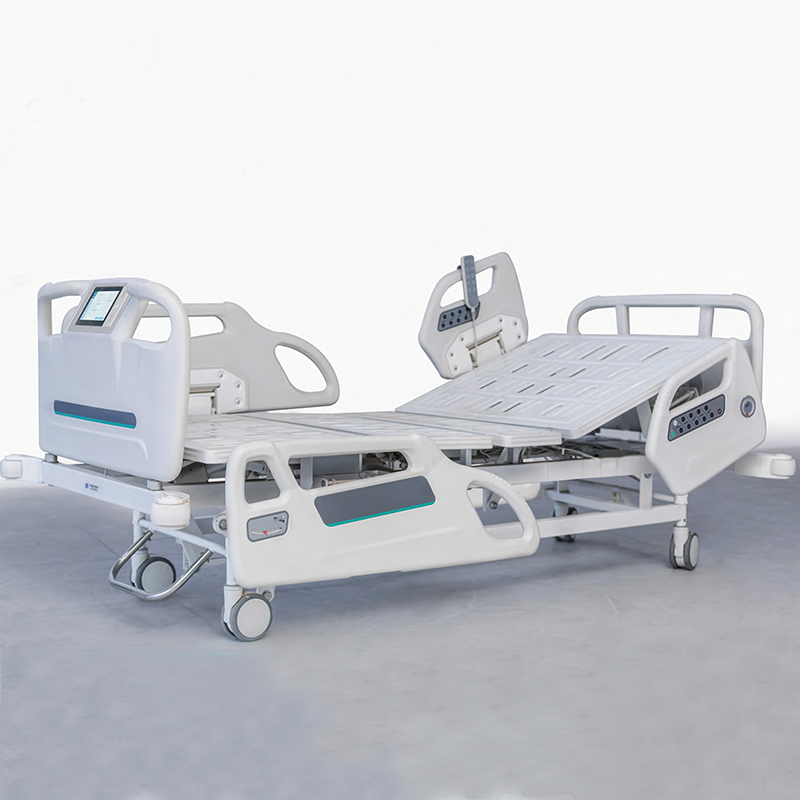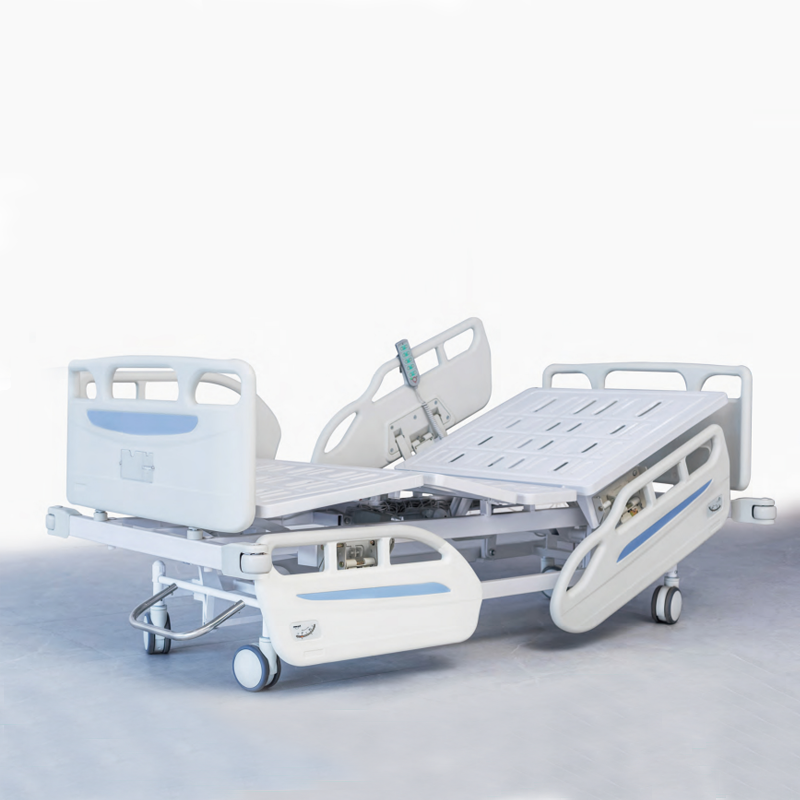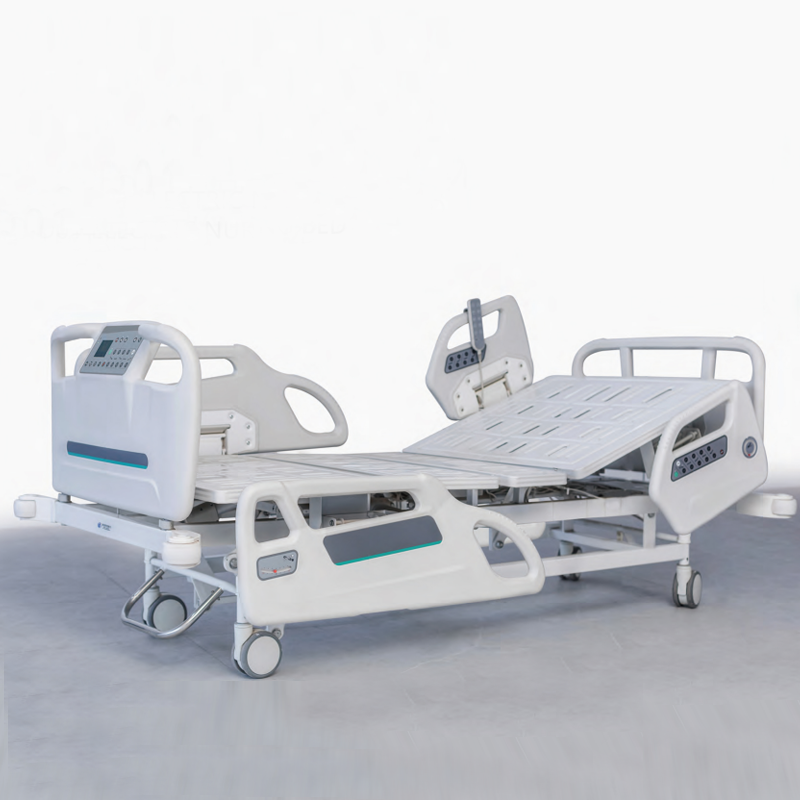The new electric hospital bed embodies the latest advancements in medical technology, patient comfort, and caregiver ergonomics, representing a significant leap from previous generations. These contemporary models integrate state of the art features such as fully integrated, silent AC motors for smooth and precise height and section adjustment, advanced control systems with backlit remotes and programmable memory positions, and sophisticated safety systems including bed exit alarms and built in scale functions. The design often incorporates a more robust and yet lighter frame through the use of advanced alloys, with a focus on improved mobility and a lower center of gravity. Enhanced connectivity options allow for integration with nurse call systems and electronic medical records. From an infection control perspective, new models feature more seamless designs with fewer crevices and advanced, durable coatings that withstand harsh disinfectants. The patient experience is prioritized through quieter operation, more intuitive controls, and a less institutional aesthetic. For healthcare facilities, these new electric beds offer improved data collection, streamlined workflows, and reduced physical strain on staff, ultimately leading to better patient outcomes, higher staff satisfaction, and a lower total cost of ownership through improved durability and energy efficiency.


